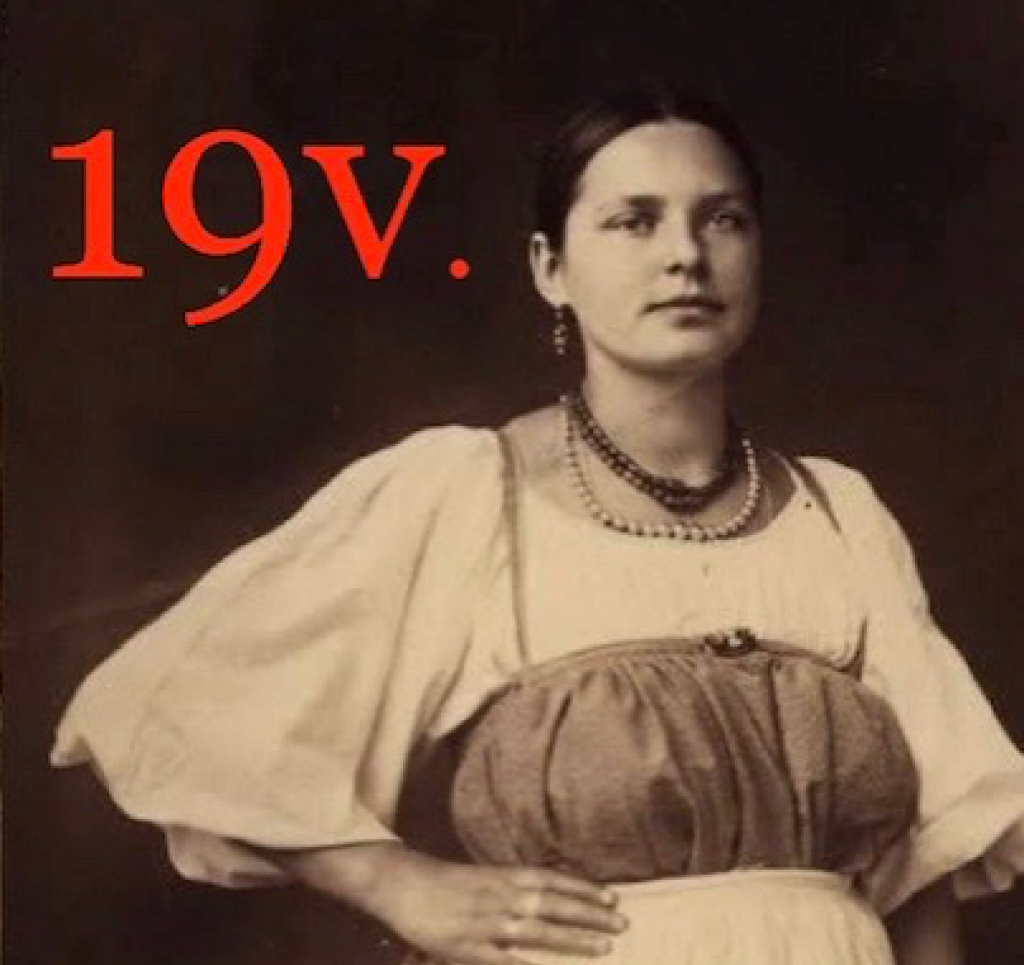In Fall 2020, our friend and colleague Stephen Cohen passed away. At the time, we honored him with a post containing testimonials from past and current recipients of the Stephen Cohen Fellowship, which funds graduate education for master’s students in the Department of Russian & Slavic Studies at NYU, and the Cohen-Tucker Fellowship, which supports dissertation research in the field of Russian Studies. This semester, we are publishing a series focusing on Cohen and Cohen-Tucker Fellows' experiences and research in the REEES field. This is the ninth such post. Past installments in the series may be found here.
Susan Grunewald is the Digital History Postdoctoral Associate at the University of Pittsburgh’s World History Center.
My research examines German prisoners-of-war (POWs) in the USSR from 1941 to 1956. My dissertation, which I am currently transforming into a book manuscript, treats the reasons that Soviets held POWs for so long after war's end. On the basis of digital historical methods, I argue that Soviet authorities detained German POWs as a labor source for postwar reconstruction.
Digital methods such as the ones I've used have the power to expand our understanding of major Soviet systems for which we do not have the best archival records, or to which we lack access. Different types of digital skill shave twice enabled me to make major research findings related to POWs. First, I used geographic information system (GIS) mapping to discover new information regarding German POW forced labor camps in the USSR. By digitizing an encyclopedia of camps and mapping the approximate locations of over 4,000 POW labor camps, I learned that POWs heavily contributed to postwar reconstruction due to camp locations, as well as intersections with key industrial sites and resource extraction centers.
My mapping of the camps did not ignore archival sources, nor could it have proceeded without them. The camp encyclopedia came from sources within the Russian State Military Archive (RGVA) in Moscow. By themselves, the documents in RGVA are too focused on individual camps to be useful for large-scale economic analysis. Instead, they provided insight into daily life in the camps and labor contracts with local industries.
Archival documents from the State Archive of the Russian Federation (GARF) also presented fractured evidence about the importance of POW labor. For example, although Stalin himself assigned contingents of German POWs to certain coal fields or factories, there are no central planning or accounting figures for POW labor, at least not in declassified form. Digital mapping was thus the only way to make a large-scale argument concerning labor.
My mapping work allowed me to discover another major element of German history by showing that most POW labor camps were separate from GULAGs and located in the European parts of Russia and the greater Soviet Union. To this day, many Germans associate POW captivity with the GULAG and Siberia, but unless tried and sentenced for a war crime, German POWs did not go to GULAG camps. POW camps in Siberia amounted to only 20.6 percent of the camps in the RSFSR, and only 13.6 percent of all camps across the USSR.
With these findings about POW camps and Siberia in hand, I embarked on a new project that sought to determine the origins of the German ideas of captivity. I used textual analysis to scan former POW memoirs to see if they discussed Siberian captivity, which they generally did not. The memoirs did reveal, however, that novels about captivity in Siberia during the First World War were very popular before the Second and that the Nazi propaganda machine told soldiers and civilians that capture or loss in the war would result in sentencing to Siberia.
It is possible that I could have found mentions of the novels about the First World War and Nazi propaganda slogans by reading each POW memoir out of my 35 book corpus from cover to cover, but I likely would not have noticed the details as quickly as I did through a simple search for the word "Siberia." Thus, digital methods allowed me to find the causes for, and refute the trope of, an exclusively "Siberian" captivity.
It is important to note that digital methods for history are useless unless applied in conjunction with traditional historical sources and questions. When scholars use them diligently, they are able to fill in gaps in a source base or learn about new lines of inquiry. The upfront cost in learning how to use these technologies as well as the time it takes to digitize sources is well justified by the results. Given the difficulty of accessing information about certain topics in former Soviet archives, digital methods are poised to produce truly groundbreaking results for Soviet history.
Digital methods are also exciting because of ways they allow us to share new findings. Digital research increases the diversity of sources that scholars can use, as well as the diversity of stories they enable us to tell. Digital methods also lend themselves well to new modes of teaching and publishing, such as webmaps and podcasts. Alternative media can therefore allow scholars to reach, and engage with, wider audiences than might otherwise have overcome the paywall barrier of an academic journal or monograph.
I hope that other scholars interested in the Soviet and post-Soviet space become committed to learning, using, and teaching methods such as those that have been so productive in my own research. Our field and our students will be stronger with these techniques.
Members of the field inspired by this blog post can reach out to SlavicDH for assistance in incorporating digital humanities in their teaching and research.



